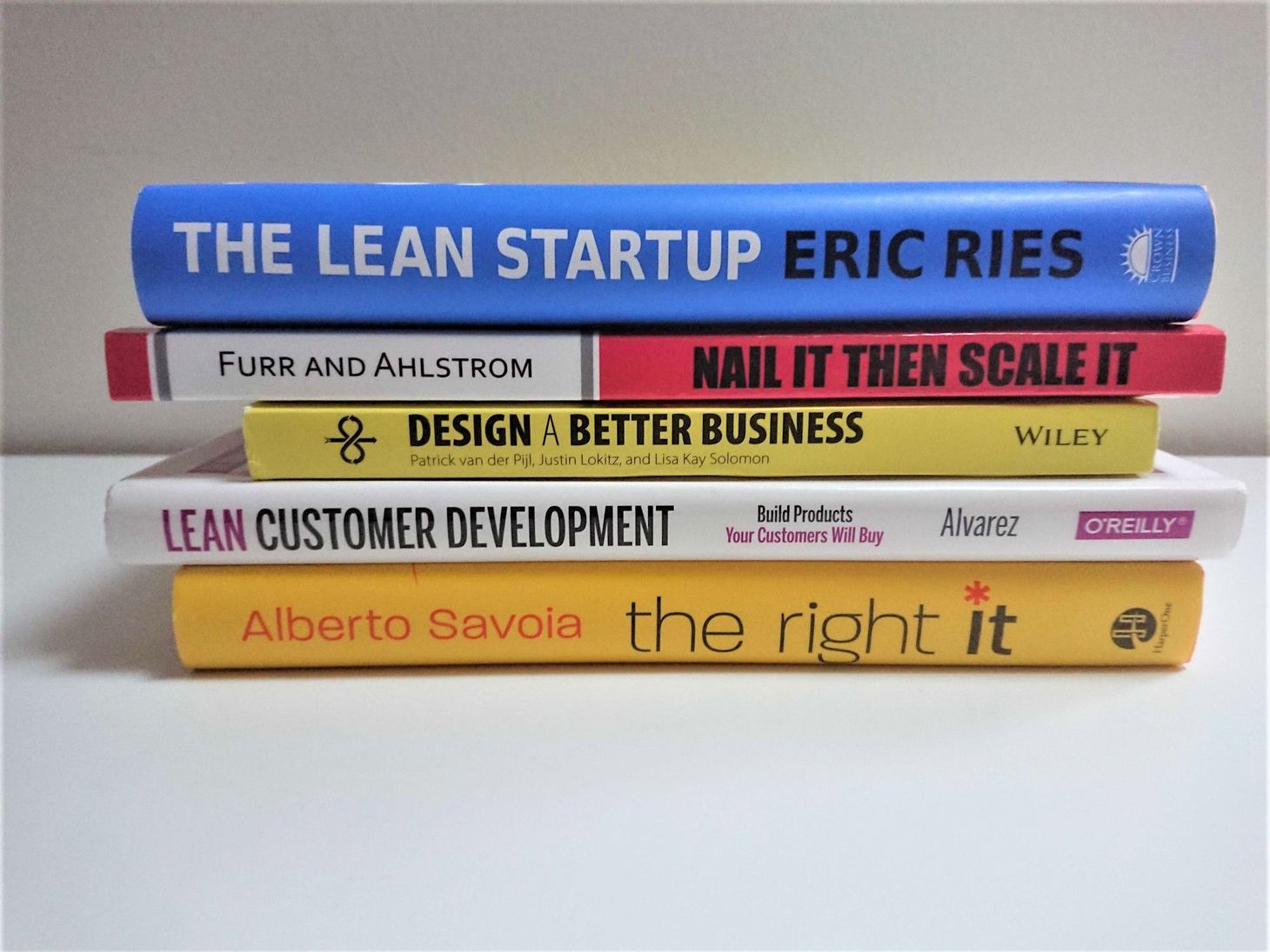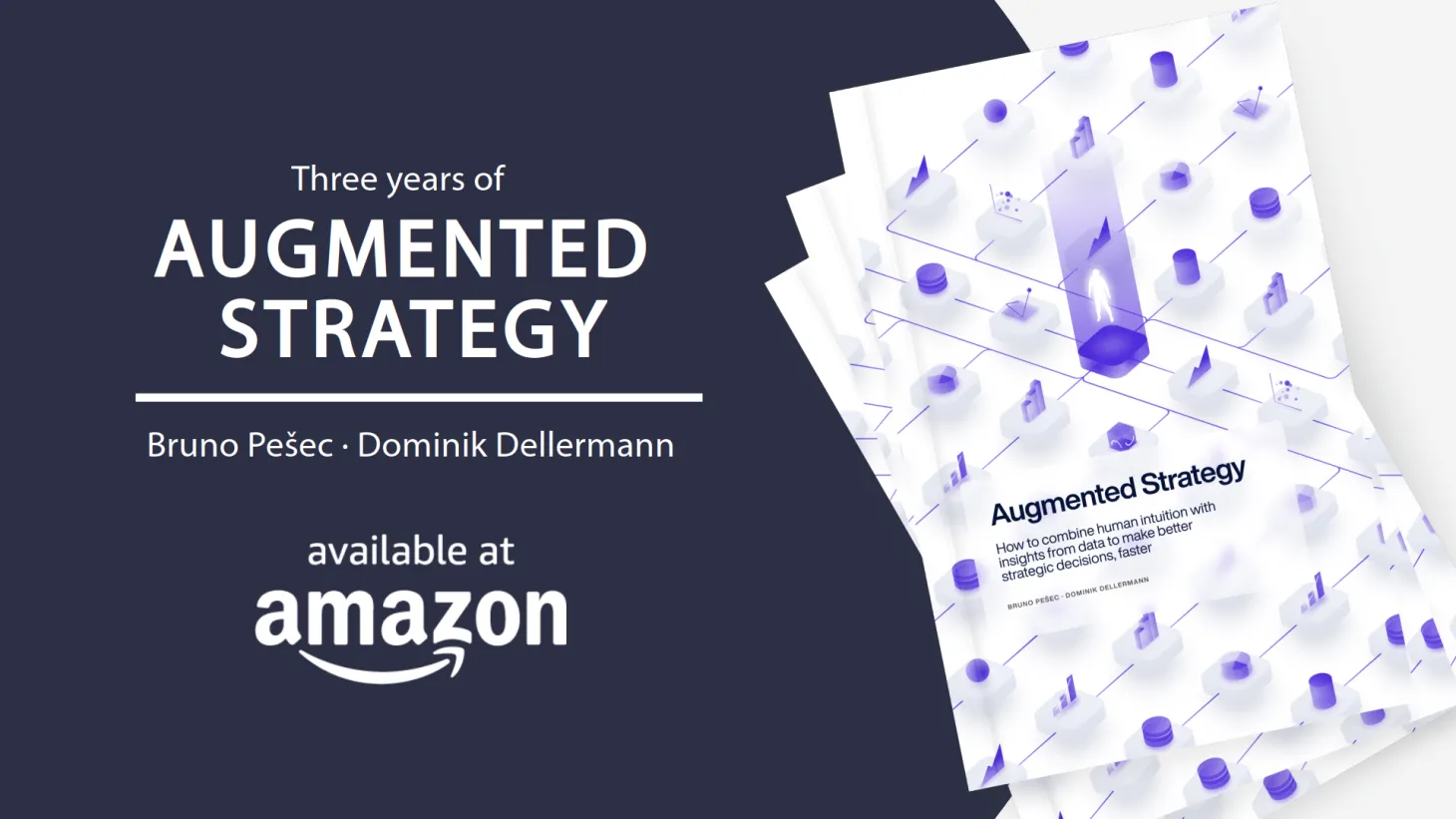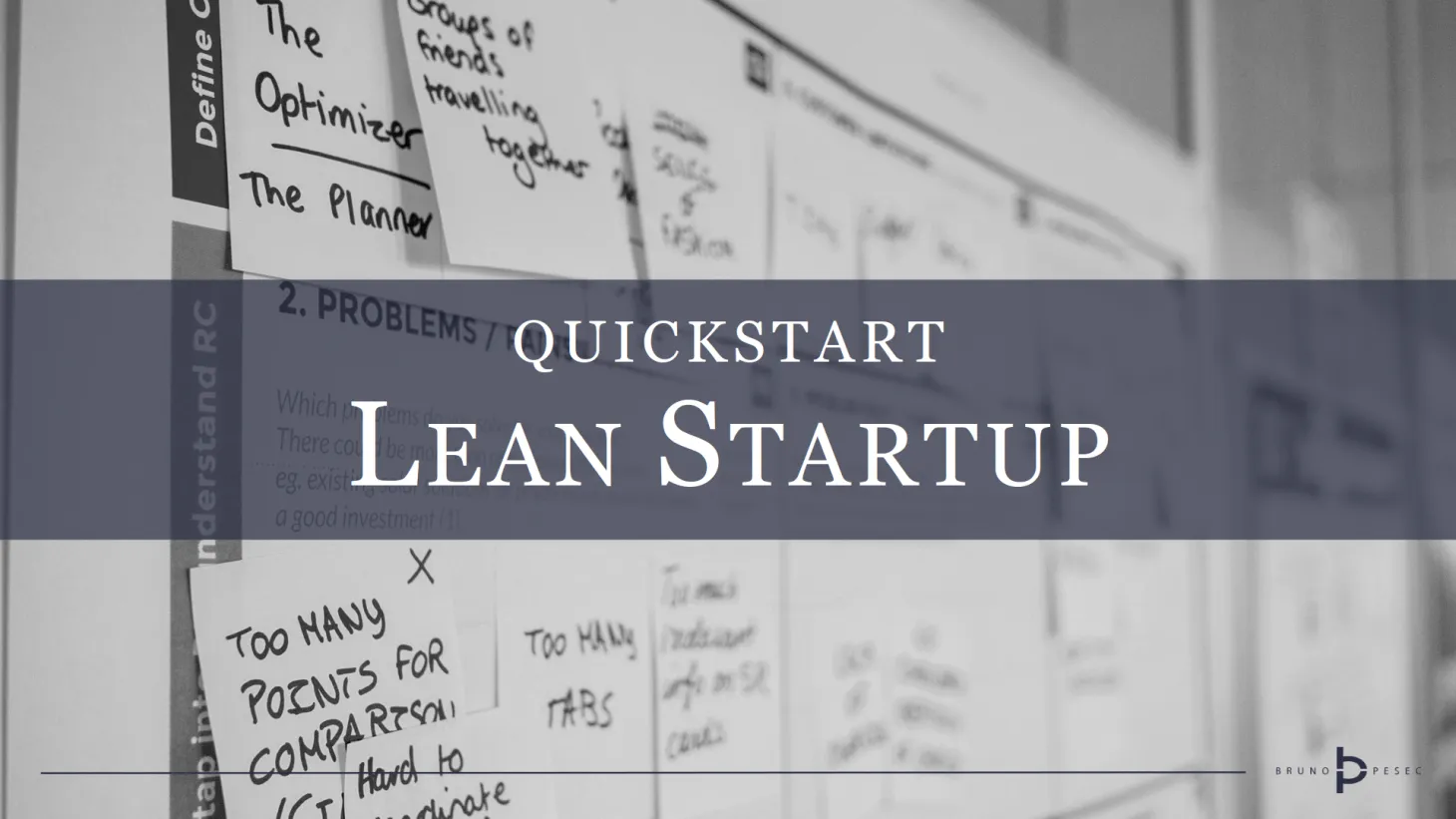Best books to master the Lean Startup
These five books are the fastest way to develop your mastery of lean startup – from theory to practice.

If you want to master the Lean Startup you need to have the right mindset, processes and tools.
With a deluge of books it is difficult to understand which are worth your time, and will actually get you somewhere.
I consider the following five books to be the fastest way to develop your mastery of lean startup – from theory to practice:
- The Lean startup, for high-level overview,
- Nail It then Scale It, for process of taking an idea to scale,
- Design a Better Business, as your master toolbox,
- Lean Customer Development, for doing customer interviews right, and
- The Right It, for turning assumptions in testable hypotheses.
Read on for a more detailed explanation of why I recommend each book.
Lean Startup mindset and process
The Lean Startup: How Today's Entrepreneurs Use Continuous Innovation to Create Radically Successful Businesses
Before diving into hands-on books it is worth understanding underlying mental models (five principles) and terminology (pivoting, minimum viable products, innovation accounting, engines of growth) of Lean Startup. Go through this book as fast as possible and go back to it if you encounter a term that another author hasn’t explained.
Nail It then Scale It: The Entrepreneur's Guide to Creating and Managing Breakthrough Innovation
Easy way to waste time and money is creating something nobody wants. There are several models focusing on lowering the likelihood of such an outcome, but I recommend this book over others on similar topics because it is quite pragmatic and hands-on. There are no attempts to sell you anything, steps are laid down in plain English and supported by examples. And there is a lot of nailing.
The process is as follows:
- Nail the customer pain
- Step 1: write down monetizable pain hypothesis
- Step 2: write down big idea hypothesis
- Step 3: quick text of hypotheses
- Step 4: quick exploration of market dynamics & competition
- Nail the solution
- Pre-test: develop minimum feature set
- Test 1: virtual prototype test
- Test 2: prototype test
- Test 3: solution test
- Nail the go-to-market strategy
- During Test 1: customer buying process discovery
- During Test 2: market infrastructure discovery
- During Test 3: pilot customer development
- Nail the business model
- Step 1: predict business model with customer data
- Step 2: validate financial model
- Step 3: iteratively launch the business
- Step 4: monitor business with continuous data flow
Focus on understanding the process as well as cognitive biases that often plague entrepreneurs and innovators.
Tools in the book are fine, but you’ll get much more out of the following.
Lean Startup toolbox
Design a Better Business: New Tools, Skills, and Mindset for Strategy and Innovation
This is your master toolbox with 20 thoroughly tested tools, covering everything from preparing the team to describing and testing business ideas.
Each tool is well explained with an example, and the book is self-contained. (Meaning that you don’t need to hunt the internet for further explanations or purchase additional services in order to be able to use the tools.)
Included tools are:
- Screenplays
- Team charter
- 5 bold steps vision
- Cover story vision
- Design criteria
- Storytelling canvas
- Customer journey
- Value proposition
- Context canvas
- Business model canvas
- Creative matrix
- Business model ideation
- Wall of ideas
- Innovation matrix
- Sketching
- Paper prototype
- Riskiest assumption
- Experiment canvas
- Validation canvas
- Investment readiness
It might seem counter intuitive, but I do not recommend skimming this book, or jumping straight to the tool you believe you need right now.
You will get more out of all tools if you understand how they relate and feed into each other. That’s why I suggest you read the book cover to cover.
All tools are freely available online.
The two most common mistakes I see both entrepreneurs and innovation teams do are:
- botching their customer interviews, usually leading to further fuelling their belief they are building the right thing, and
- designing poor experiments, usually leading to making conclusions based on weak evidence.
The following two books will help you do both better.
Lean Customer Development: Building Products Your Customers Will Buy
Doing customer interviews is easy. It is also easy to screw them up.
Study the following chapters:
- Where should I start?
- Who should I be talking to?
- What should I be learning?
- Get out of the building.
- How does customer development work when you already have customers?
- Questions that work.
Some examples might seem slightly dated, but all concepts are still valid.
The Right It: Why So Many Ideas Fail and How to Make Sure Yours Succeed
249 pages of pure joy on turning your assumptions into testable hypotheses, with numerous examples and entertaining stories.
Start by studying Part II: Sharp Tools:
- Thinking tools (market engagement hypothesis, say it with numbers, hypozooming)
- Pretotyping tools (eight pretotypes)
- Analysis tools (skin-in-the-game caliper, TRI meter)
Alberto’s concept of pretotyping is very similar to Lean Startup’s concept of Minimum Viable Product. Don’t stress about methodology purism, and use what works.
Speed up your learning
Don’t just read these books!
Application is a critical part of your learning journey.
Speed up your learning by:
- rephrasing important concepts in your own words,
- writing open questions about concepts and tools you found difficult or senseless,
- having a project you can practice on as you go through the books, and
- having a mentor or sparring partner you can discuss with.
May the fastest learner win!
This post was originally published on Playing Lean blog.
Bruno Unfiltered
Subscribe to get the latest posts delivered right to your inbox. No spam. Only Bruno.




